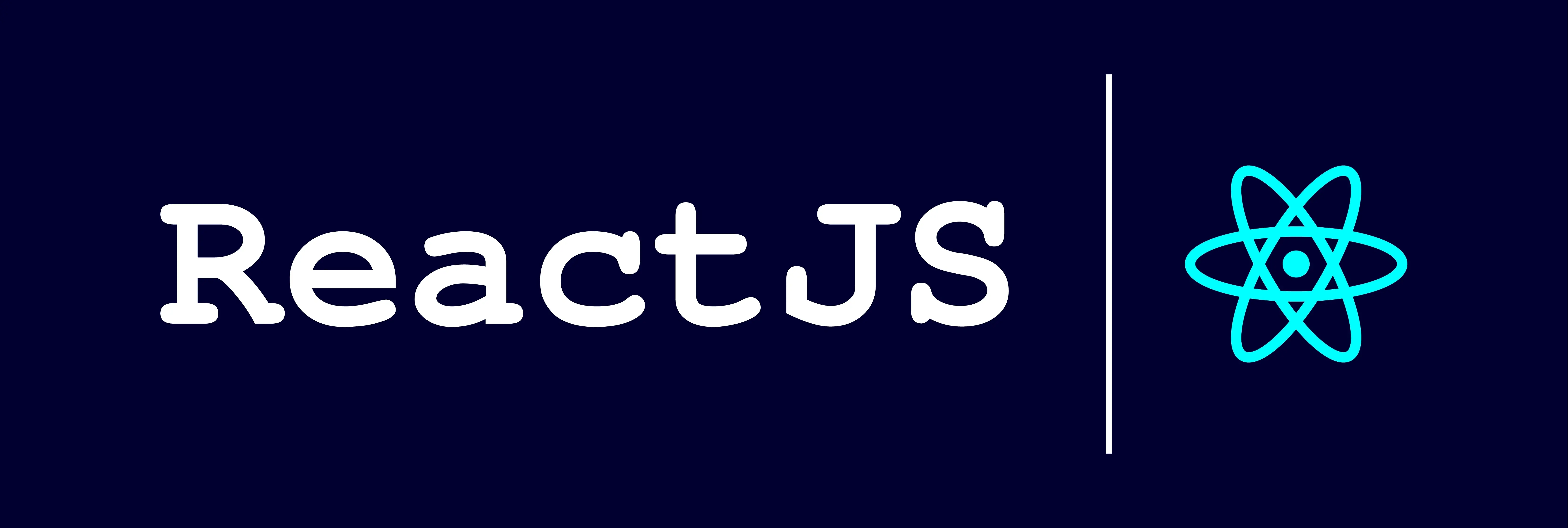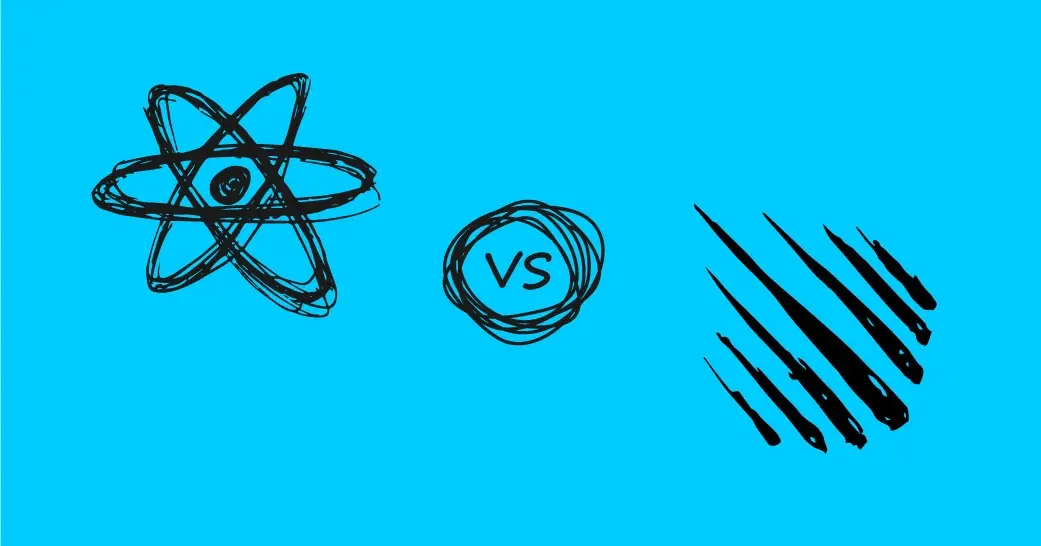What would we do without frameworks? For starters, they provide libraries and tools to speed up the development process, which greatly simplifies writing code, especially when creating web projects. ANGULAR and REACT are two frameworks that are popular and sought-after in the web development scene. AngularJS and Angular are mistakenly thought to be the same, but they are pretty different. AngularJS is a framework built on JavaScript, while Angular is built on JavaScript and Typescript. Although AngularJS was formally retired in 2022, projects created with it can still be upgraded to a more recent version of Angular.
Angular and React are both popular frameworks for front-end web development. They fall under the category of JavaScript frameworks, as they are built using the JavaScript programming language. This is because JavaScript is the most commonly used client-side scripting language for building modern web applications, and it’s easier to learn compared to other programming languages. To be able to interact with any JavaScript framework, you must be familiar with JavaScript, and in the case of Angular, it’s recommended to learn Typescript as well.
To qualify for a position as a front-end developer, you often need an understanding of JavaScript frameworks. Here are common reasons why JavaScript frameworks are necessary as a developer:
- Frameworks make reusable code possible.
- Frameworks allow easy integration with built-in Apps.
- Frameworks enforce best practices to keep code clean and organized.
What criteria must be met when selecting the ideal framework? In this article, we'll contrast Angular and React, the two frameworks that developers choose. Let’s dive right in!
Angular

Angular is a framework for creating scalable and effective web applications that are built on JavaScript and Typescript. Typescript is used for additional merits, such as better code quality and IDE support. On May 3, 2023, Angular version 16 was published, and features like reactivity and server-side rendering have been improved. Additionally, new features like signals have been released for preview. The official release blog article has further details regarding recent and upcoming releases.
Different types of applications that can be built using the Angular framework are;
- Enterprise Applications
- Single Page Applications
- Progressive Web Applications
- Mobile Applications
- Server-Side Rendered Applications
Key features of Angular
Angular offers several key features that contribute to its popularity and effectiveness. Here are a few key features of Angular:
Data Binding: Angular follows a model-view-controller architectural pattern and supports one-way and two-way data binding. Data binding synchronizes the model and views parts of Angular components. The model refers to or represents the data and state of an application, while the view is responsible for displaying the data passed in the model to the user interface. Our application is interactive as a result.
Signals: A signal is a reactive data structure that can handle values that represent the state of our application or detect changes in values over time. In the past, Angular used ZoneJs to handle the state of our application, and now, the signals library allows you to define values and express dependencies between them. This feature is not finished yet, as it is only available as a developer preview.
Component-Based Architecture: Angular adheres to a component-based architecture where an application can be divided into multiple components with separate styles, functionalities, etc., making it easier to reuse and maintain code.
Hydration with server-side rendering: This is a new feature released by Angular that ensures that apps no longer re-render the server-rendered DOM when an application gets to the browser.
Dependency Injection: Angular has a built-in dependency injection that manages dependencies between different parts of an application, making it easier to test. It also ensures that different parts of our application are remote to avoid interference. Overall, it helps develop applications easily.
Routing: Angular’s routing system is powerful; it supports nested routing within a single-page application. It supports lazy loading and route guards that allow developers to seamlessly switch between views in an application.
Reactive Extensions: Angular is dependent on reactive extensions (RxJs) which is a JavaScript library that handles asynchronous operation, data streams, event handling, etc. Its features enable developers to handle complex asynchronous tasks and simplify data flow and state management.
React

React is an open source front-end JavaScript library for building user interfaces. It provides us with sets of tools and structures for building faster and more interactive UIs. Examples of websites built using React are; Air BnB, Netflix, Uber Eats, Instagram, etc. To learn more about React, visit the new official documentation. Different types of applications that can be built using the React framework are;
- Single Page Applications
- Progressive Web Applications
- Mobile Applications
Key Features of React
These features allow us to build functional and efficient websites:
Reusable components: React allows us to separate our UI into independent components that are then combined into a parent component to create a whole page or the UI of a specific page. These components can also be reused across different applications.
Virtual DOM: The virtual DOM updates and renders changes to the UI. React creates a virtual DOM, which is a representation of the real DOM. When updates are made to our components, they reflect on the virtual DOM first, then compare the virtual DOM to the real DOM before updating the DOM. The updates are selected to reduce DOM manipulation and unnecessary updates and improve the performance of the app.
JSX: React is a JavaScript class or function that returns HTML or JavaScript; this is known as JSX (JavaScript XML), a JavaScript extension that resembles HTML or allows you to write HTML-like code and JavaScript logic.
React Router: React Router allows us to have multiple pages in a single-page application and switch between pages seamlessly.
Props: Props are similar to parameters passed into a function. Passing data from one component to another is possible using props. It keeps our code DRY and allows us to create reusable components.
useState: React state is a JavaScript object that is used to represent data in a component. The “useState” hook creates component data that changes over time or in reaction to an action. To use the “useState” hook, we have to import the useState function from the React library.
Conditional rendering: Conditional rendering allows us to render some parts of our page. In other words, if certain contents on our web page are unavailable, we can render other values in our application. Conditional rendering is possible using logical operators like &&, or conditional statements, i.e., if, else, else if, for additional logic.
Angular Vs. React
For front-end web development, Angular and React are both well-liked frameworks, but their architectures, learning curves, and ecosystems differ significantly from one another. Here's a comparison between Angular and React:
Learning Curve
| React | Angular |
|---|---|
| React is easier to learn, it’s beginner-friendly, which is why it’s the go-to for newbie developers. If you’re at the beginner/intermediate level of JavaScript learning, you’ll be able to settle in just fine. | Angular's learning curve is steeper compared to React; it requires a good understanding of JavaScript and Typescript. |
Architecture
| React | Angular |
|---|---|
| React doesn't follow an architectural pattern like Angular; it allows developers to decide what structure they want their app to follow and supports component-based architecture to create scalable applications. | Angular follows MVC (Model View Controller) architecture which gives guidelines on how an application should be structured. |
Performance
| React | Angular |
|---|---|
| React used virtual DOM which reduces the amount of DOM manipulation, and updates necessary components when changes are made, increasing its performance. | Angular uses traditional DOM, it runs a change detection mechanism that updates the DOM when a change occurs in the state of an application. |
Community
| React | Angular |
|---|---|
| React is open source and powered by Meta. A sizable developer community uses the framework to create applications. | Angular is powered by Google; it is open source and has a large developer community that shares Angular content. |
Test
| React | Angular |
|---|---|
| A recommended tool for testing in React is called Jest which is a JavaScript test runner that is used for testing React components. Another recommended tool is the React testing Library for testing React components. | Jasmine testing framework is used for unit testing and integration testing. You can also use other testing libraries and test runners to test angular applications. In the latest release, Angular now offers better unit testing with Jest and Web Test Runner. |
Applications
| React | Angular |
|---|---|
| React is a versatile framework that can be used to build mobile, web, and desktop applications. | Angular can be used to develop cross-platform web applications that can run on iOS, Android, and Windows. |
Summary
Frameworks collaborate to make web development better for developers, and every framework has features to deliver the best developer experience. Angular recently released version 16, and so many features have been improved; for instance, a new reactivity model has been shared for developers to preview. This new reactivity enables better runtime performance, and there are also changes in work for future releases to enable interoperability with RxJs, etc. Similarly, React also recently launched react.dev, which is the new home for React and its documentation and includes a blog that shares information about research and projects in development.
Angular is considered to be very opinionated and is best for large projects that require large teams because of its strong sets of conventions on how an application should be structured and developed, which means that developers have to follow these guidelines to get their desired outcome. On the other hand, React is not as opinionated as Angular; it’s more lenient when it comes to structuring your application. Both frameworks have robust functionality and thriving ecosystems. For complex projects, Angular offers a systematic methodology, while React offers adaptation and flexibility. Ultimately, the choice is based on the needs of the project, the size of the team, and individual preferences.
Frequently Asked Questions
Is Golang a language or framework?
Golang, also known as Go, is a programming language developed by Google. It is not a framework, but rather a standalone language with its own syntax, semantics, and standard library.
Can free HTML editors support other languages like CSS and JavaScript?
Yes, free HTML editors often support languages like CSS and JavaScript, enabling integrated web development.
Do I need to know how to code to use WordPress?
Definitely not. There’s no need to learn coding, since most WordPress users aren’t developers. There’s many plugins and themes you can use to customize your website without coding.
How does Verpex Web Development Hosting cater to developers' needs?
Verpex Web Development Hosting caters specifically to developers' needs by offering support for a wide range of programming languages, pre-installed development tools, and scalable resources to accommodate the growth of your project.

Jessica Agorye is a developer based in Lagos, Nigeria. A witty creative with a love for life, she is dedicated to sharing insights and inspiring others through her writing. With over 5 years of writing experience, she believes that content is king.
View all posts by Jessica Agorye




















